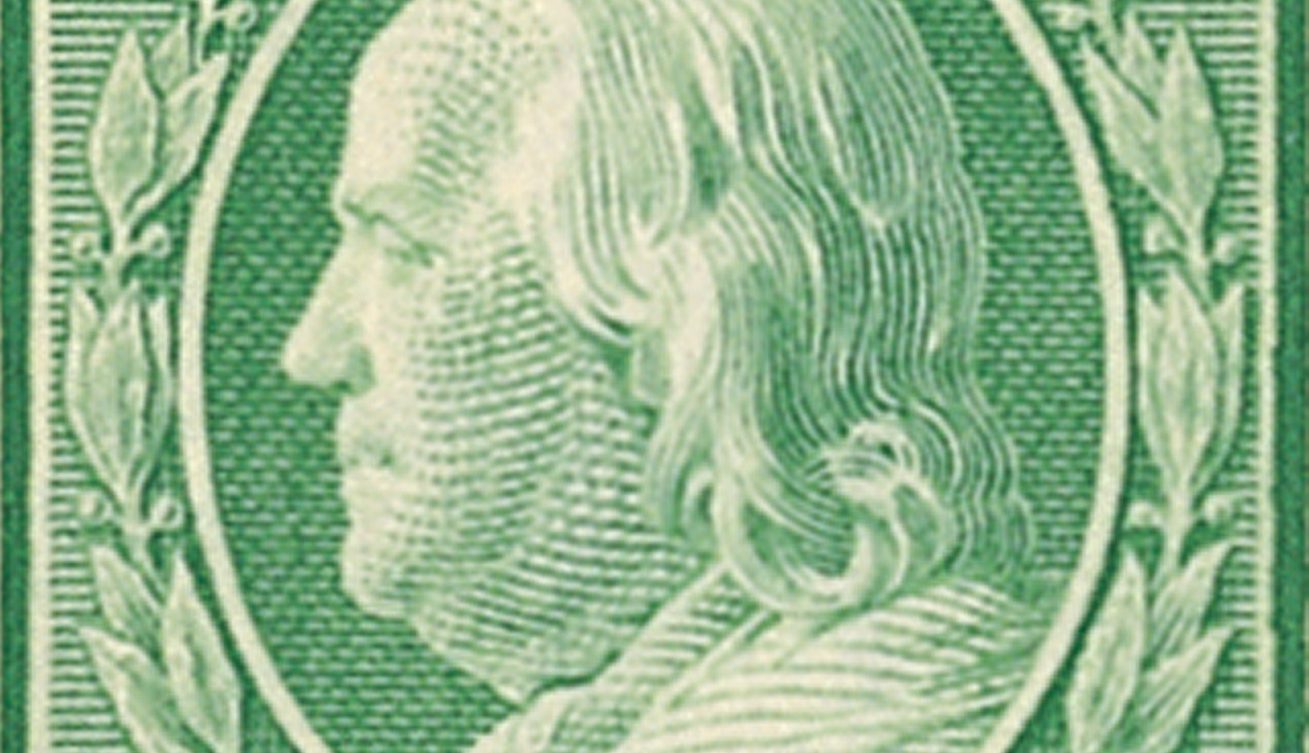Happy Birthday Benjamin Franklin
Benjamin Franklin was born on January 17, 1706, in Boston, Massachusetts Bay Colony. “The first citizen of Philadelphia,” Franklin was a printer, inventor, postmaster, and the only person to sign all four of the key documents in US history.








